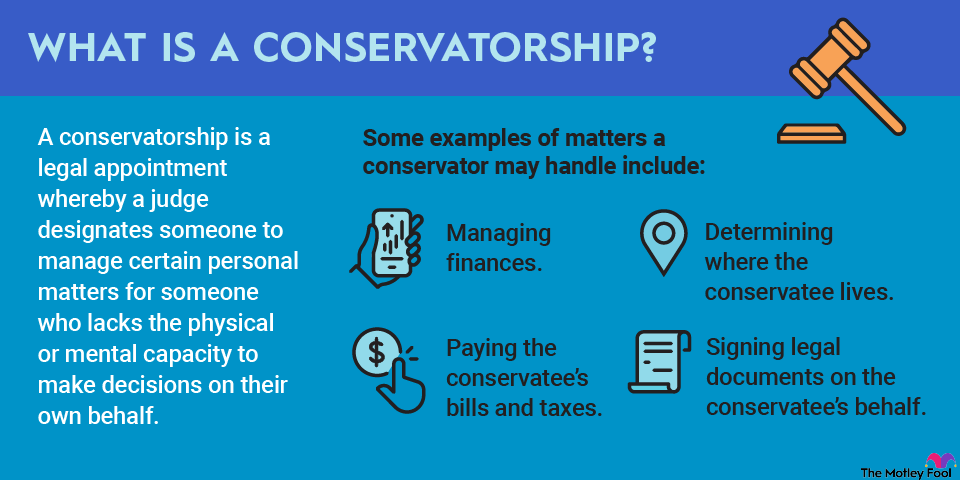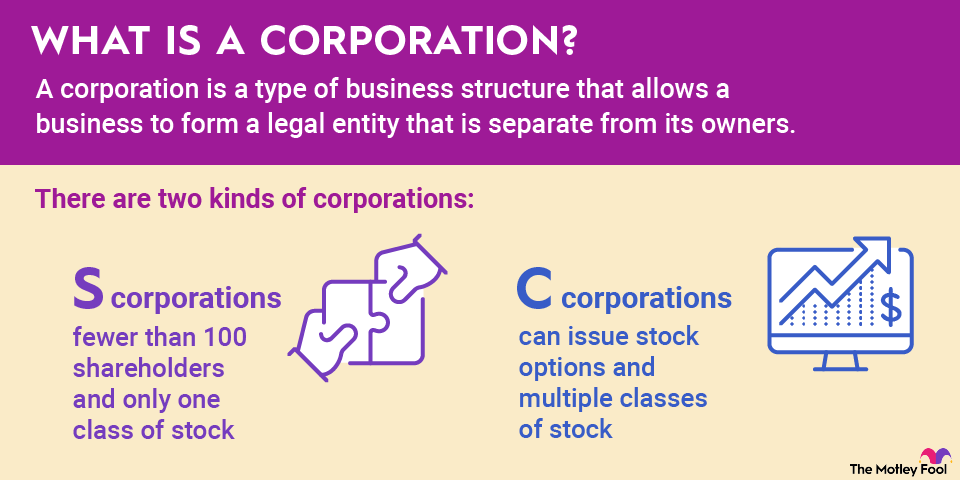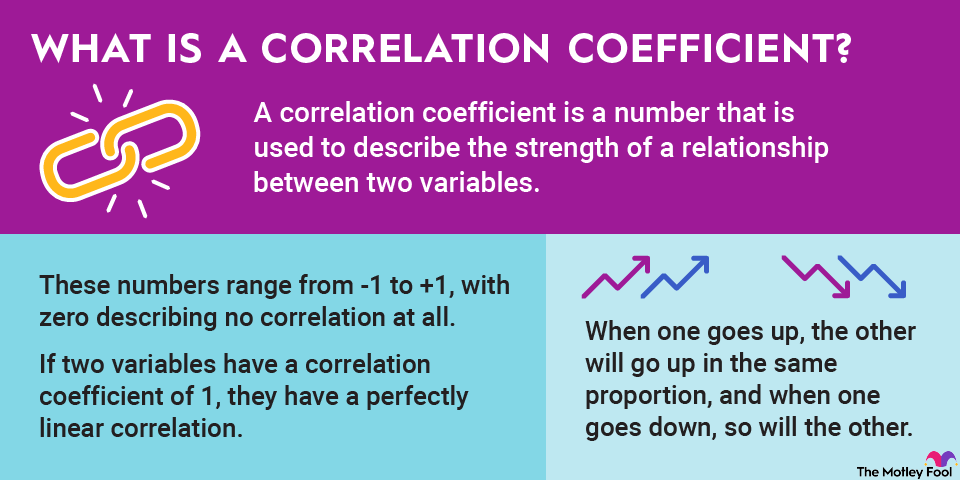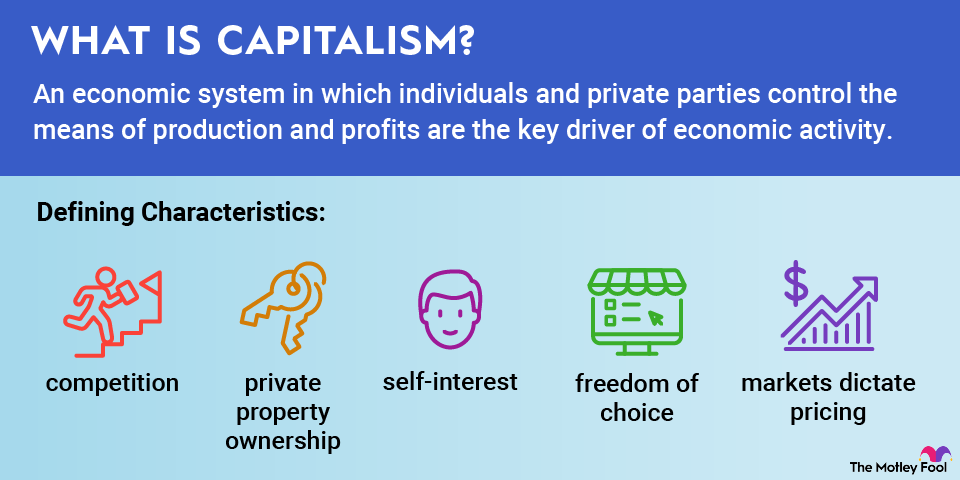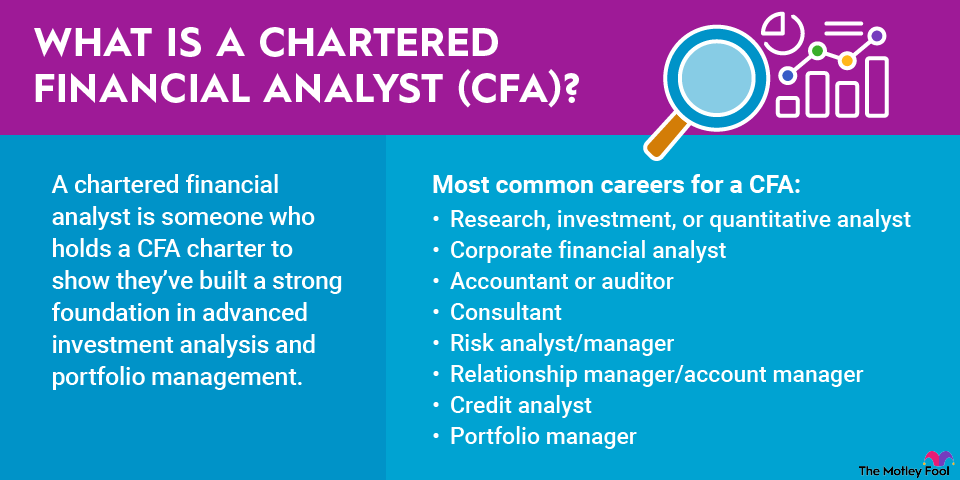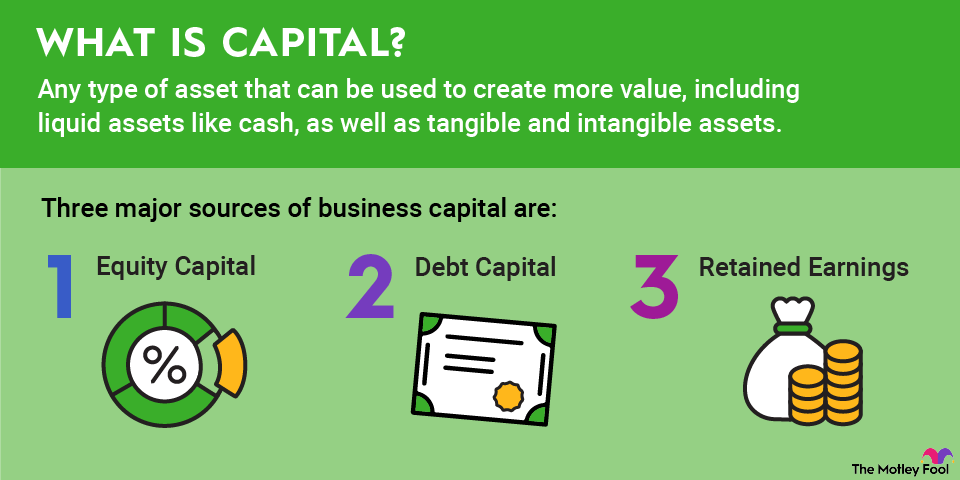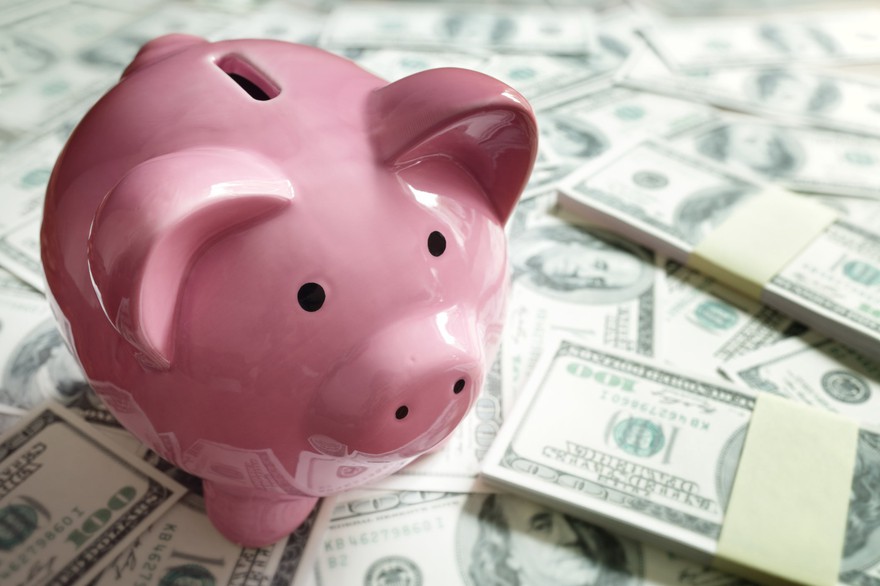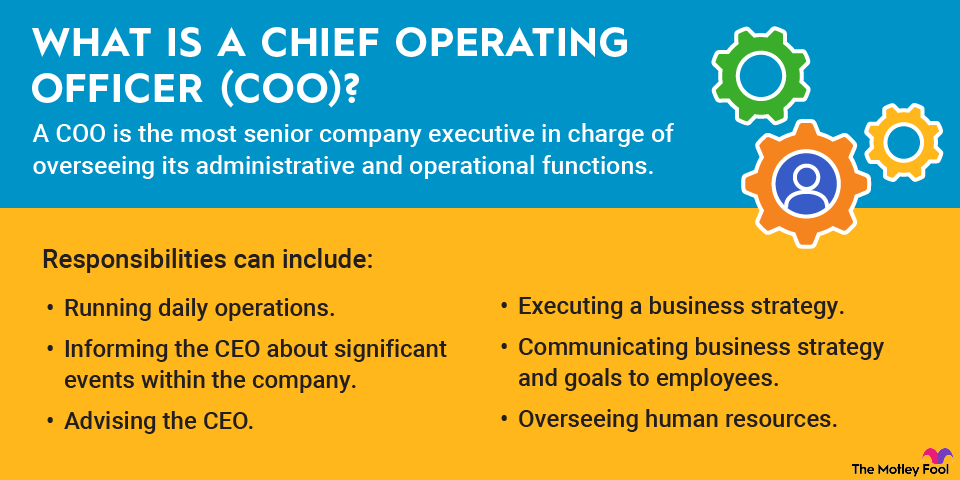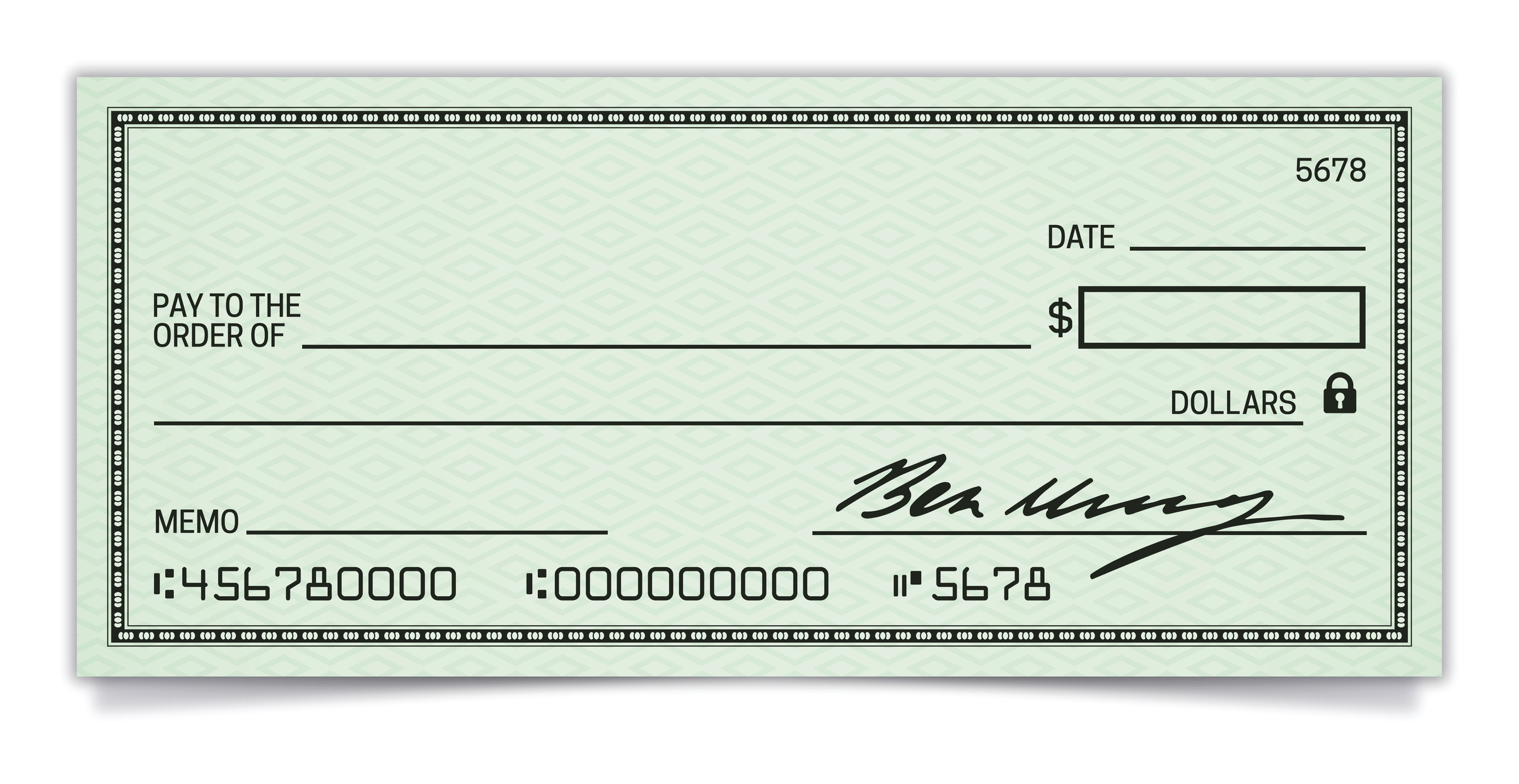Cash burn is a key concept for investors to understand, especially those investing in start-ups, or companies that are losing money. Cash burn refers to cash losses, typically measured by operating cash flow.
Cash burn, or cash burn rate, is the rate at which a company is using up its cash reserves, or how much cash it is losing each quarter from operating the business.
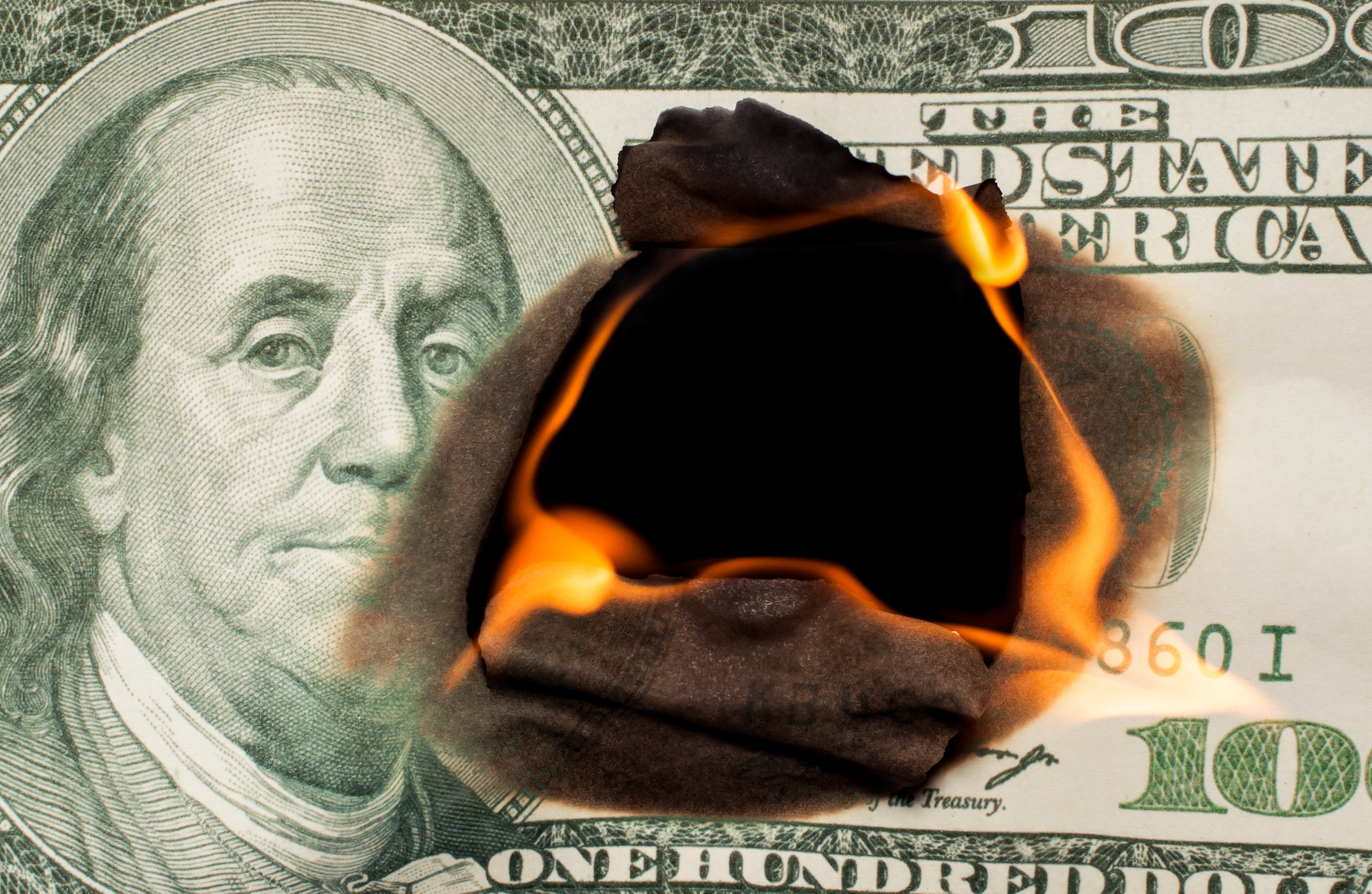
What to know about cash burn
Almost all companies start off losing money. They need to grow to a certain point before they are profitable or have positive cash flow. Venture capitalists, in particular, often pay attention to cash burn to ensure that their investments can stay alive while they build out their business.
Cash burn can be measured in dollar amounts, meaning how much cash a company is burning in an increment of time like a month, quarter, or year, or it can be measured in an amount of time, like the number of quarters a company has left until it runs out of cash, based on its current cash balance.
In dollar amounts, there are two types of cash burn. There's gross cash burn, which just takes monthly cash expenses into account, and then there is net cash burn. Net cash burn subtracts revenue for a certain period, like a month, from gross cash burn. Typically, net cash burn is more useful.
Why is cash burn important?
Cash burn, or the cash burn rate, is important because it affects investors, start-ups, and development-stage companies that are still managing their cash burn.
Investors use it as a tool to assess a company's ability to stay afloat. A company with an excessive cash burn rate -- at least without a breakthrough concept or significant revenue growth -- may have trouble raising money since investors don't want to throw good money after bad.
For early-stage companies working towards profitability, cash burn is one of the most important, if not the most important, metrics to manage. Cash burn is essentially a balance for companies between investing in growth without investing so much that they run out of cash. It's key for start-ups to manage cash burn so that they can grow the business at a reasonable pace while ensuring that it doesn't go bankrupt.
Cash burn plays a role in another key metric for start-ups: the Rule of 40. According to the Rule of 40, which was popularized by a venture capitalist a decade ago as a guideline for investing in software companies, a start-up is worth investing in if its revenue growth rate and free cash flow margin combined is at least 40. In other words, a start-up can get away with burning cash if its revenue growth is strong enough. A company with 50% revenue growth and 10% free cash flow margin would still qualify, since 50 minus 10 equals 40. Similarly, a start-up would be investable with a 20% free cash flow margin loss if the revenue growth rate were 60%.
Free cash flow margin isn't identical to cash burn rate because cash burn takes into account the amount of cash on the balance sheet, but the concept is similar, as it applies to the Rule of 40 and investing in start-ups.
It's important to note that the Rule of 40 isn't a hard-and-fast rule but more of a guideline often used in the software industry.
How to apply cash burn
Cash burn is a useful metric for any investor who is looking at an unprofitable company. It's most frequently applied to start-ups that aren't publicly traded companies, although some publicly traded companies, particularly in areas like biotech or emerging technologies, report little or no revenue.
For those companies, managing cash burn is key, and management will typically address it in earnings calls and updates. In addition to cash burn, it's worth paying attention to a development-stage company's ability to raise cash. This is visible in recent debt borrowings, secondary stock sales, and other cash raises. The more cash a company has raised, generally speaking, the easier it will be for it to raise money, provided it can still demonstrate a viable business opportunity.
Investors should also take note when a cash burn rate changes. Often, start-ups will say that they have enough cash to last until a given year in the future. If the burn rate increases without any measurable improvement in revenue growth, that could be a bad sign.
Related investing topics
How cash burn applies to Archer Aviation
One company that offers a good example of when to look at cash burn is Archer Aviation (ACHR -0.12%).
Archer Aviation is a maker of electric vertical takeoff-and-landing (eVTOL) vehicles, a new class of airborne transportation that is similar to an electric helicopter.
As of its first-quarter earnings report, Archer Aviation had no revenue and a $94.6 million operating cash flow loss. Without more information, we can assume the business's cash burn was $94.6 million.
Archer Aviation also finished the quarter with $1.03 billion in cash, meaning at its current cash burn rate, the company would have roughly 11 quarters before it ran out of cash and needed to raise money.
Archer Aviation expects to begin generating revenue soon. However, it could still be years before the company turns profitable, so investors should keep an eye on the cash burn rate.
As with Archer Aviation, it's a good idea to keep cash burn in mind for any unprofitable company, especially one with no revenue.
